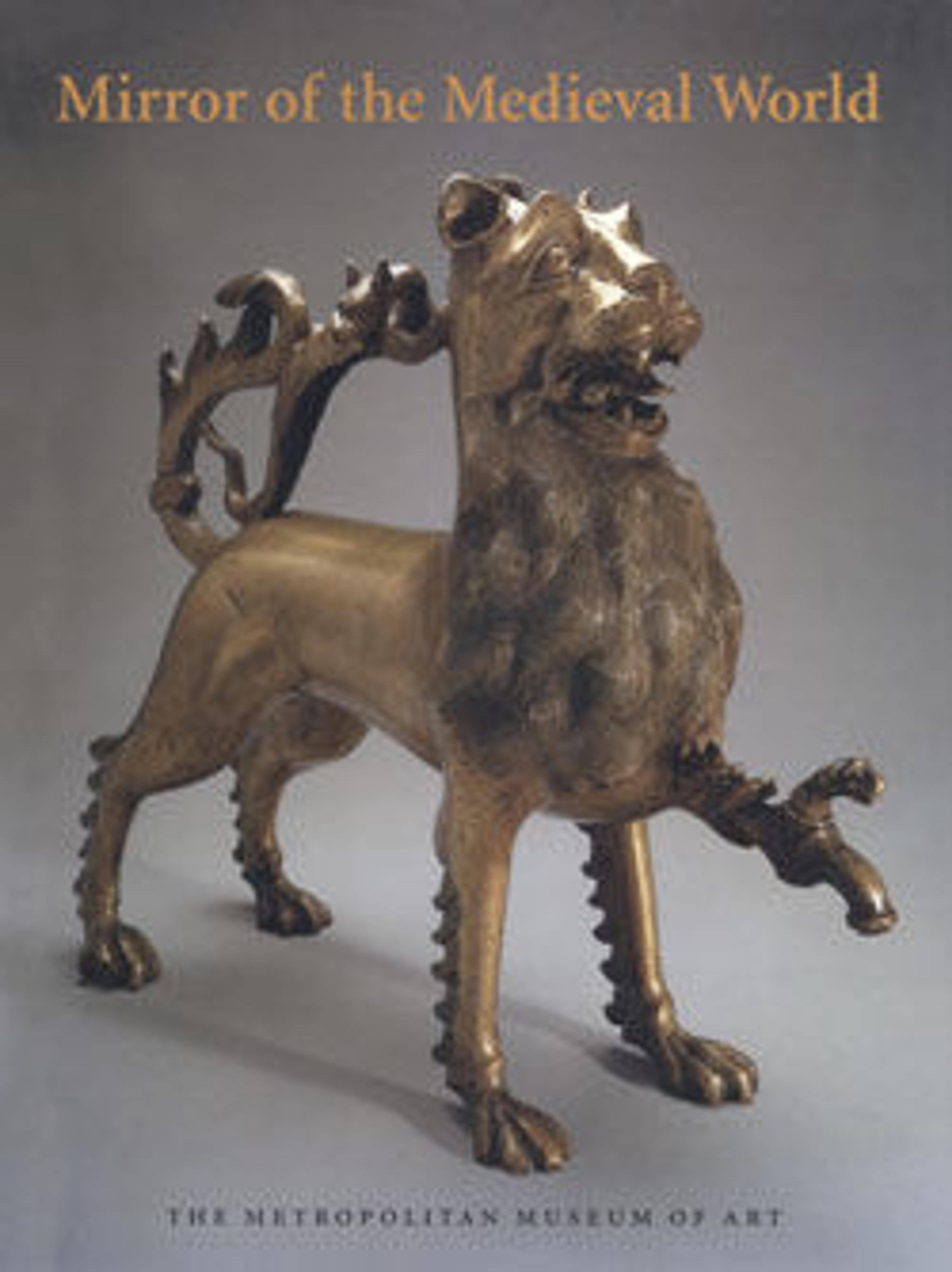Two Scenes from "Der Busant" (The Buzzard)
Rücklaken were intended to be hung around the walls of domestic interiors. In this narrative tapestry, two scenes from the late medieval poem, "The Buzzard," are illustrated. The prince of England is depicted as a wildman, and the princess of France meets a miller who offers her refuge. The middle high German inscription alludes to the princess seeking refuge, whereupon the man replies: "Willingly, though as a poor man I can offer you nothing." The scenes are related to other fragments housed in museums in Cologne, London, and Paris.
Artwork Details
- Title:Two Scenes from "Der Busant" (The Buzzard)
- Date:1480–90
- Geography:Made in Strasbourg, Alsace, present-day France
- Culture:Upper Rhenish
- Medium:Linen wrap; wool, silk, and metallic wefts
- Dimensions:32 × 46 in. (81.3 × 116.8 cm)
- Classification:Textiles-Tapestries
- Credit Line:Gift of Murtogh D. Guinness, 1985
- Object Number:1985.358
- Curatorial Department: Medieval Art and The Cloisters
More Artwork
Research Resources
The Met provides unparalleled resources for research and welcomes an international community of students and scholars. The Met's Open Access API is where creators and researchers can connect to the The Met collection. Open Access data and public domain images are available for unrestricted commercial and noncommercial use without permission or fee.
To request images under copyright and other restrictions, please use this Image Request form.
Feedback
We continue to research and examine historical and cultural context for objects in The Met collection. If you have comments or questions about this object record, please contact us using the form below. The Museum looks forward to receiving your comments.
